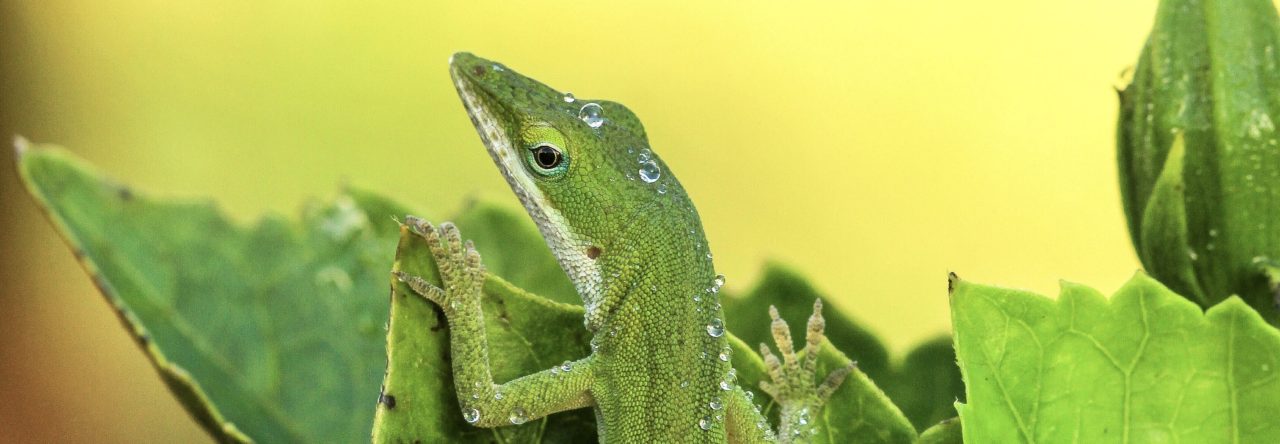 While out studying everyone’s favorite evolutionary radiation in the Bahamas, one can’t help but come across exemplars of another important evolutionary group, pictured above. Can anyone tell us what that group is, and what its place is in the history of evolutionary biology?
While out studying everyone’s favorite evolutionary radiation in the Bahamas, one can’t help but come across exemplars of another important evolutionary group, pictured above. Can anyone tell us what that group is, and what its place is in the history of evolutionary biology?
Latest posts by Jonathan Losos (see all)
- Evolution in Real Time on Lizard Island - March 23, 2025
- Spider Snags Adult Anolis osa - March 22, 2025
- An Homage to the Green Anoles of New Orleans - March 21, 2025


Graham Wallis
Cerion- made famous by Woodruff & Gould
Jonathan Losos
One of my shells just went crawling away–has a hermit crab inside!
Graham Wallis
In Vanuatu, the low tide littoral zone of “empty” gastropod shells moves in front of your eyes!
Jonathan Losos
Right you are, Graham, it’s Cerion.
Stephen Jay Gould is famous for his conceptual contributions concerning macroevolution, speciation, and species selection, among other topics, but he also had an empirical side, centered on the study of Cerion. This genus of snails is enormously diverse, with hundreds, perhaps thousands of described species, in all shapes and sizes (here‘s a nice summary focused on the Bahamas). But…is this truly an extraordinarily diverse group, or are there fewer, highly variable species? And how have they evolved? Gould’s David Woodruff of UC-San Diego initiated molecular studies (references here), but these were in the pre-DNA era. Cerion would seem to be an excellent–if somewhat daunting-clade to study evolutionary pattern and process. As far as I am aware, no one is currently doing so.